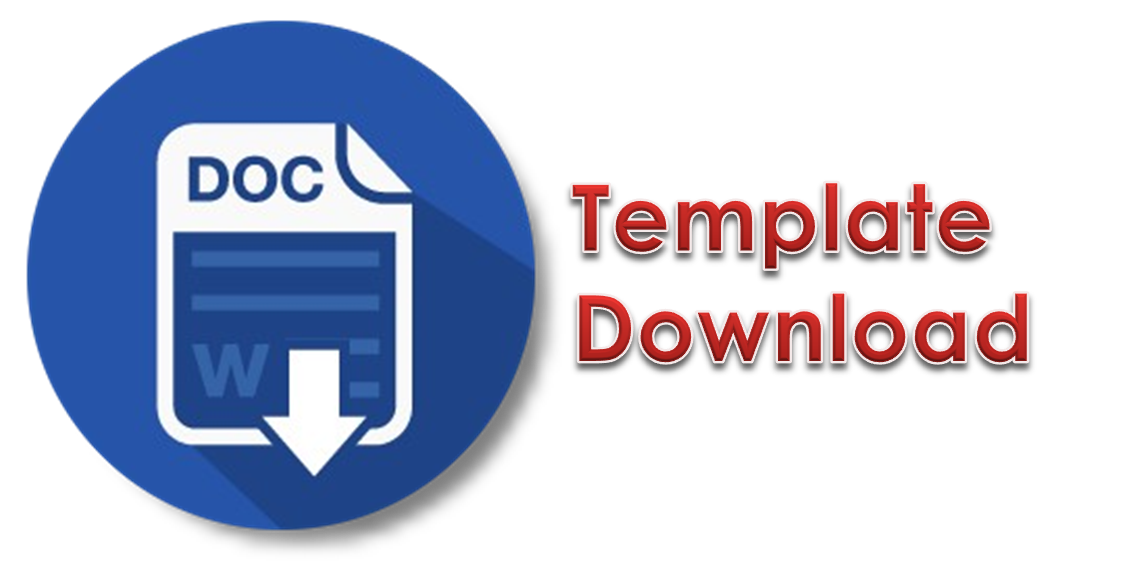Author Guidelines
JIT is a periodical scientific research in the field of Innovation in Engineering and Technology. We accept manuscript in critical literature review as well as original research article. JIT publication schedule is twice a year, i.e.: April and October issues.
General guidelines:
- The manuscript must be original, no plagiarism, and has never been published nor under consideration in other scientific journal.
- Articles are written by a program Microsoft Word 2007 to the top, A4 size paper, page margins: top 3 cm, left 3 cm, bottom 2.5 cm, and right 2.5 cm, typed with 1,5 density spacing, font Times New Roman 10, text format in two column.
- Please submit your manuscript file as a Microsoft Word extension Document (DOC) or Rich Text Format (RTF).
- Abstract and content of the manuscript should be written in English.
- For submission, please login and submit your manuscript through the link Online Submission
- For April issue, we accept submission from November to January, and editing and revision process is scheduled in February. For October issue, the submission schedule is from May to August, then editing and revision process is in September. Late submission will be considered for the next issue.
- The manuscript can be accepted without revision, accepted with minor or major revision, or rejected.
Manuscript Structure:
- The length of the manuscript of is no more than 5000 words or about 4-15 pages.
- Articles are written by systematic and the following provisions.
- Title written in a concise and informative typed in Times New Roman font of 14pt, maximum 20 words (single-spaced). Title should reflect the substance of the variables described in the article body.
- Name of Author: written using Times New Roman font of 11pt, without salutation. The author can be an individual or a team.
- Affiliation: name of the institution
- E-mail Address, which is located under the author's name. E-mail of corresponding author is obligatory.
- Abstract should be written using Times New Roman font of 9pt that contains 100-250 words, in a single-spaced and one paragraph.
- Abstract of a review article consists of a discussion of the core issues and substantially, while for an original article consists of goals, methods, and results.
- Key words: terms that reflect the essence of the concept within the scope of the problem may consist of 3-5 terms.
Body of manuscript:
- Original Article consists of an INTRODUCTION, MATERIALS AND METHODS, RESULTS AND DISCUSSIONS and CONCLUSIONS, ACKNOWLEDGEMENTS (IF ANY), and REFERENCES.
- Review Article consists of an INTRODUCTION (preliminary scientific study) that shows the problems and framework of analysis, sub-subtitle that contains the ALL SCIENTIFIC CONCER, CONCLUSIONS, ACKNOWLEDGEMENTS (IF ANY), and REFERENCES.
Reference styles:
Samples of the correct formats for various types of references are given below.
Basic format for books:
[1] J. K. Author, “Title of chapter in the book,†in Title of His Published Book, xth ed. City of Publisher, Country if not USA: Abbrev. of Publisher, year, ch. x, sec. x, pp. xxx–xxx.
Examples:
[2] G. O. Young, “Synthetic structure of industrial plastics,†in Plastics, 2nd ed., vol. 3, J. Peters, Ed. New York: McGraw-Hill, 1964, pp. 15–64.
Basic format for reports:
[3] J. K. Author, “Title of report,†Abbrev. Name of Co., City of Co., Abbrev. State, Rep. xxx, year.
Examples:
[4] J. H. Davis and J. R. Cogdell, “Calibration program for the 16-foot antenna,†Elect. Eng. Res. Lab., Univ. Texas, Austin, Tech. Memo. NGL-006-69-3, Nov. 15, 1987.
Basic format for handbooks:
[5] Name of Manual/Handbook, x ed., Abbrev. Name of Co., City of Co., Abbrev. State, year, pp. xxx–xxx.
Examples:
[6] Transmission Systems for Communications, 3rd ed., Western Electric Co., Winston-Salem, NC, 1985, pp. 44–60.
Basic format for books (when available online):
[7] Author. (year, month day). Title. (edition) [Type of medium]. volume (issue). Available: site/path/file
Example:
[8] J. Jones. (1991, May 10). Networks. (2nd ed.) [Online]. Available: http://www.atm.com
Basic format for journal articles:
[9] Author. (year, month). Title. Journal. [Type of medium]. volume (issue), pages. Available: site/path/file
Example:
[10] R. J. Vidmar. (1992, Aug.). On the use of atmospheric plasmas as electromagnetic reflectors. IEEE Trans. Plasma Sci. [Online]. 21(3), pp. 876–880.
Basic format for conference proceedings (published):
[11] J. K. Author, “Title of paper,†in Abbreviated Name of Conf., City of Conf., Abbrev. State (if given), year, pp. xxx–xxx.
Example:
[12] D. B. Payne and J. R. Stern, “Wavelength-switched passively coupled single-mode optical network,†in Proc. IOOC-ECOC, 1985, pp. 585–590.
Basic format for patents:
[13] J. K. Author, “Title of patent,†U.S. Patent x xxx xxx, Abbrev. Month, day, year.
Example:
[14] G. Brandli and M. Dick, “Alternating current fed power supply,†U.S. Patent 4 084 217, Nov. 4, 1978.
Basic format for theses (M.S.) and dissertations (Ph.D.):
[15] J. K. Author, “Title of dissertation,†Ph.D. dissertation, Abbrev. Dept., Abbrev. Univ., City of Univ., Abbrev. State, year.
Examples:
[16] J. O. Williams, “Narrow-band analyzer,†Ph.D. dissertation, Dept. Elect. Eng., Harvard Univ., Cambridge, MA, 1993.
Basic format for standards:
[17] Title of Standard, Standard number, date.
Examples:
[18] IEEE Criteria for Class IE Electric Systems, IEEE Standard 308, 1969.
[19] Letter Symbols for Quantities, ANSI Standard Y10.5-1968.



















